Biologiska Museet
Early habitat dioramas and home of the elusive gaff, the skvader.
The Biologiska Museet was built in 1893 to a design by architect Agi Lindegren, and was inspired by the medieval Norwegian stave churches. The founder of the museum, Gustaf Kolthoff was a taxidermist, an amateur zoologist and an author. The pioneering educational aspect of the museum was the use of the diorama for the first time on a grand scale in order to present the natural habitat. The perspective of the diorama unites foreground and background. The large, painted backgrounds are the work of Bruno Liljefors, an artist famous for his dramatic paintings of birds and animals.
The museum contains collections of Scandinavian mammals and birds in their natural habitat. The enormous 2 story diorama (connected by a beautiful spiral staircase) represents all of Sweden’s landscapes, from inland to the coast.
Though the diorama is well-stocked with taxidermy, there is one curious creature of particular interest - the skvader. It has the forequarters and hindlegs of a hare, and the back, wings and tail of a female wood grouse.
The skvader originates from a tall tale hunting story told by a man named Håkan Dahlmark during a dinner at a restaurant in Sundsvall in the beginning of the 20th century. To the amusement of the other guests, Dahlmark claimed that in 1874 he had shot such an animal during a hunt north of Sundsvall. On his birthday in 1907, his housekeeper jokingly presented him with a painting of the animal, made by her nephew and shortly before his death in 1912, Dahlmark donated the painting to a local museum.
During an exhibition in Örnsköldsvik in 1916, the manager of the museum became acquainted with the taxidermist Rudolf Granberg. He then mentioned the hunting story and the painting and asked Granberg if he could re-construct the animal. In 1918, Granberg had completed the majestic winged rabbit, and since then has remained a very popular exhibit at the museum, which now has the painting on display as well.
The skvader has since then often been seen as an unofficial symbol for Sundsvall and when the province Medelpad was to be given a provincial animal (in addition to the provincial flower) in 1987, many locals voted for the skvader. The final choice was a kind of compromise, the mountain hare, which is the front-end of the skvader.
Update March 2018: According to the museum’s official website, as of August 31 2017, the museum is currently closed to visitors for long term refurbishment.

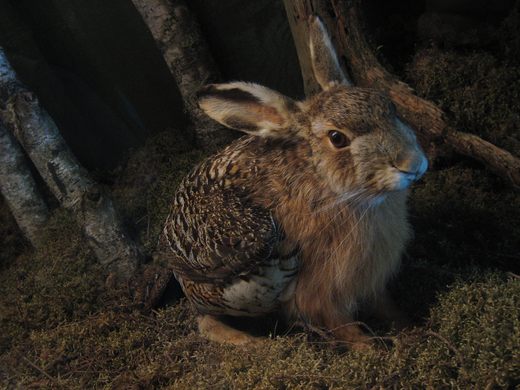
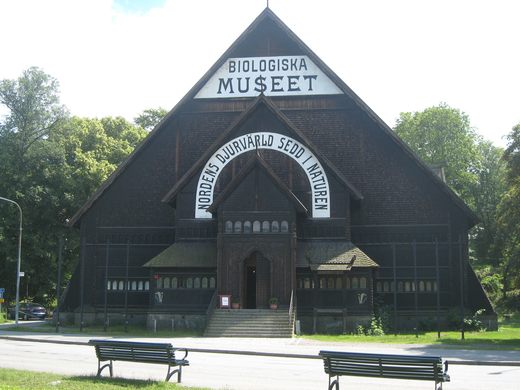
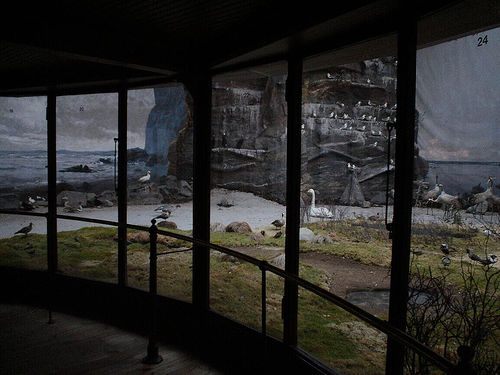
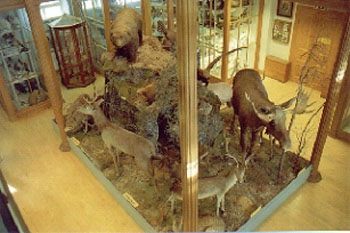






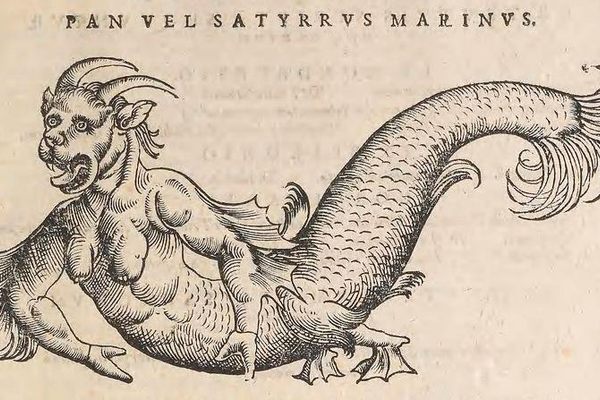












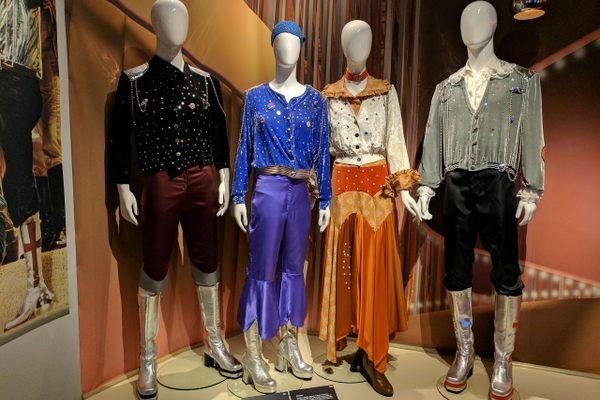

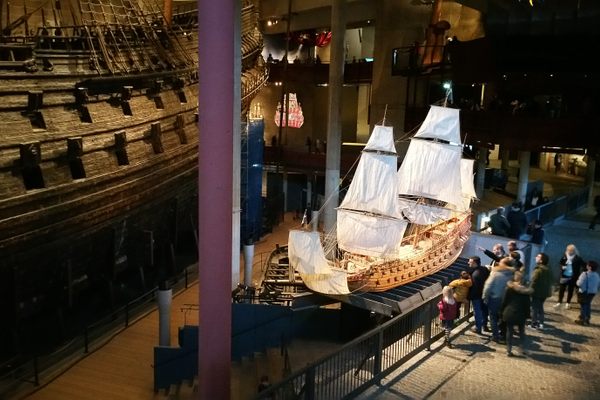





Follow us on Twitter to get the latest on the world's hidden wonders.
Like us on Facebook to get the latest on the world's hidden wonders.
Follow us on Twitter Like us on Facebook